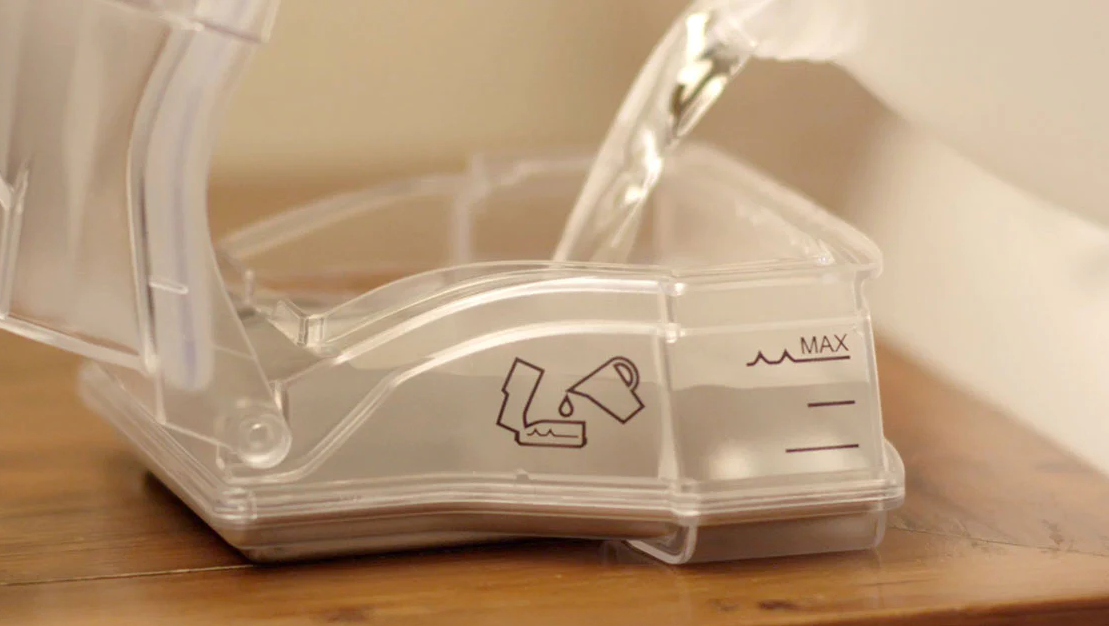
31 Mar Effect of humidified versus non-humidified CPAP on inflammatory response and nasopharyngeal symptoms in healthy participants.
Posted at 06:32h
in Blog
Continuous positive airway pressure (CPAP) is associated with high prevalence of local naso-pharyngeal side effects, which may include increased neutrophil in the nasal mucosa, inducing upper airway inflammation, significant changes in nasal and systemic pro-inflammatory markers and associated with increased naso-pharyngeal symptoms.
- It is suggested that non-humidified CPAP therapy contributes to airway drying and direct distension of nasal mucosa resulting in naso-pharyngeal inflammation.
- It is suggested in animal studies, that the mechanical suppression of CPAP on the nasal wall and mucosa is responsible for these changes
- This study observed that at 10cmH2O of non-humidified CPAP resulted in nasal inflammation and at 12cmH2O nasal leukocyte changes occurred. When compared to humidified CPAP, no signs of early nasal inflammation and was associated, and with less naso-pharyngeal symptoms.
- The addition of humidification to CPAP therapy was shown to reduce inflammatory markers, reduce nasal inflammation. Furthermore, humidified CPAP was found to be superior to non-humidified CPAP and the application of topical nasal steroid in reducing naso-pharyngeal symptoms after CPAP sessions
- Reducing symptoms of naso-pharyngeal inflammation with humidified CPAP, improves quality of life while using CPAP therapy and increased compliance.
Citation: HM Al-Otaibi, MD Alahmari, TN Al-Maqati, A GhazwaniCan J Respir Ther 2020;56:21–24. doi: 10.29390/cjrt-2020-005.

